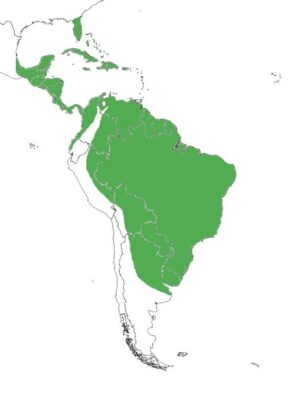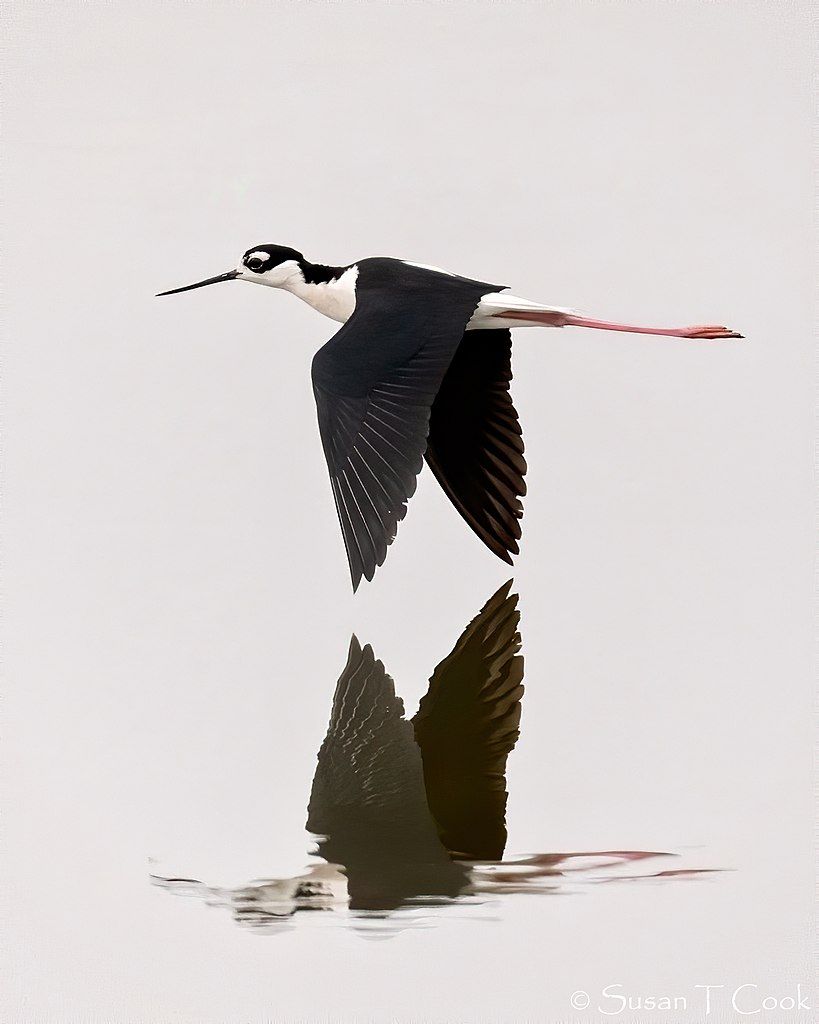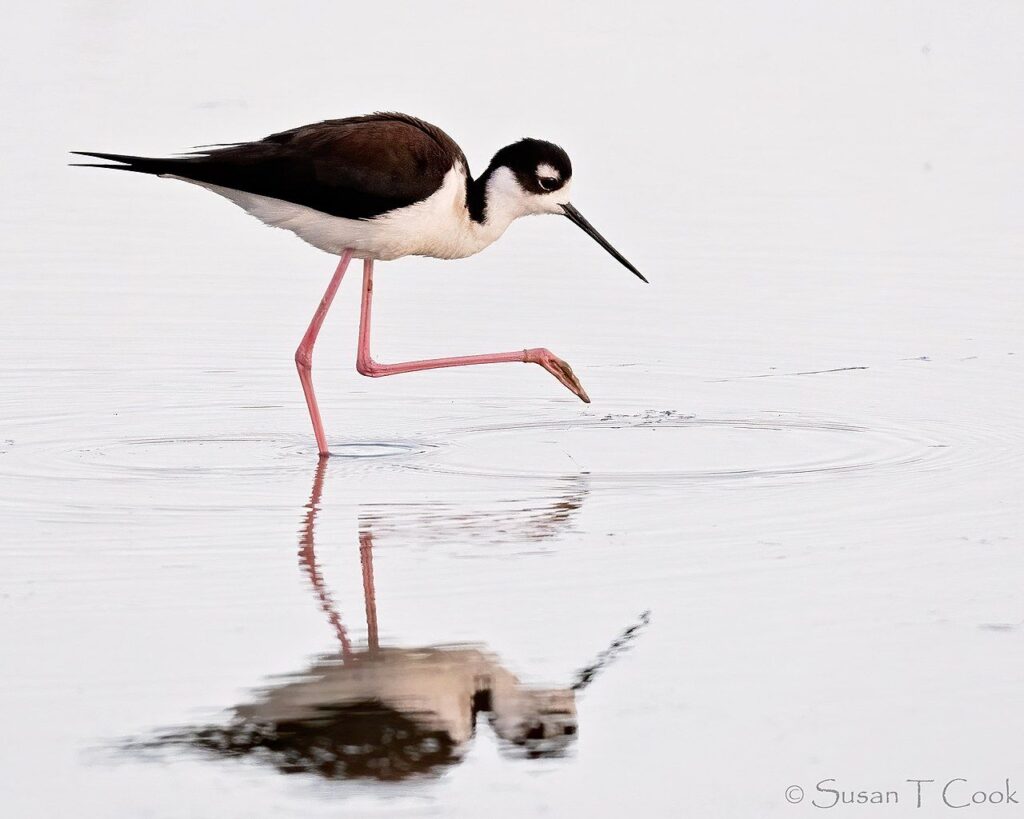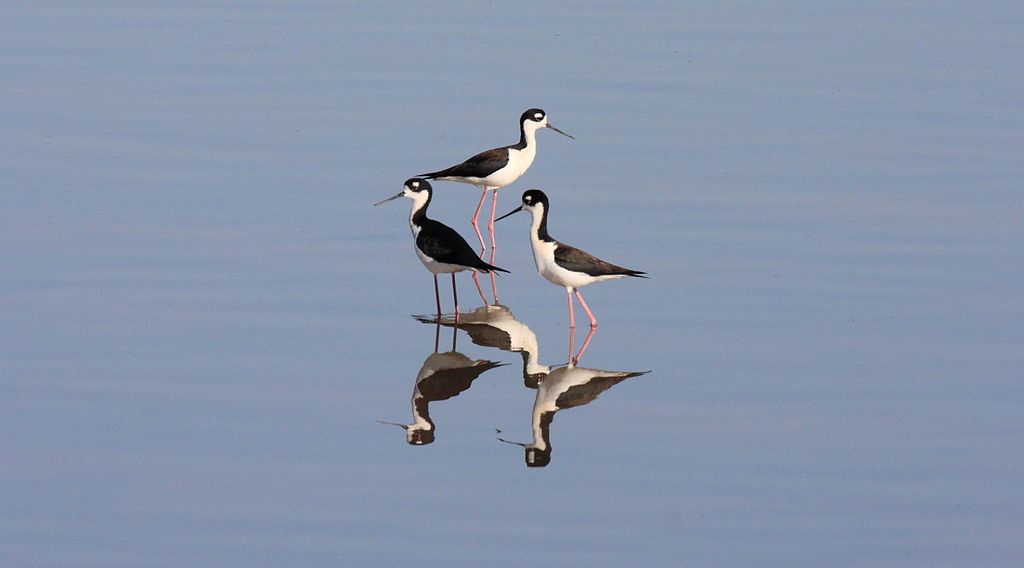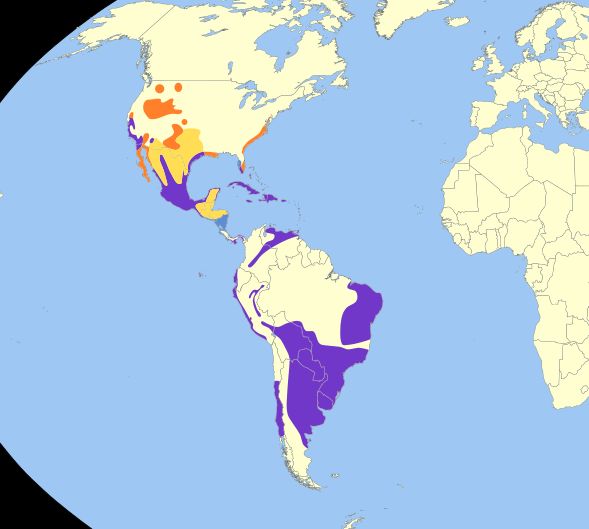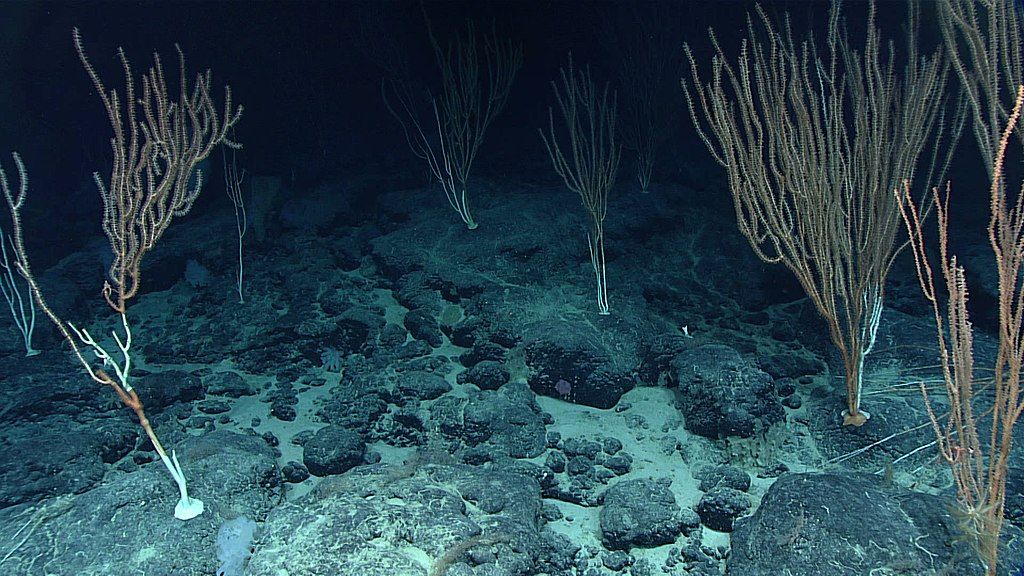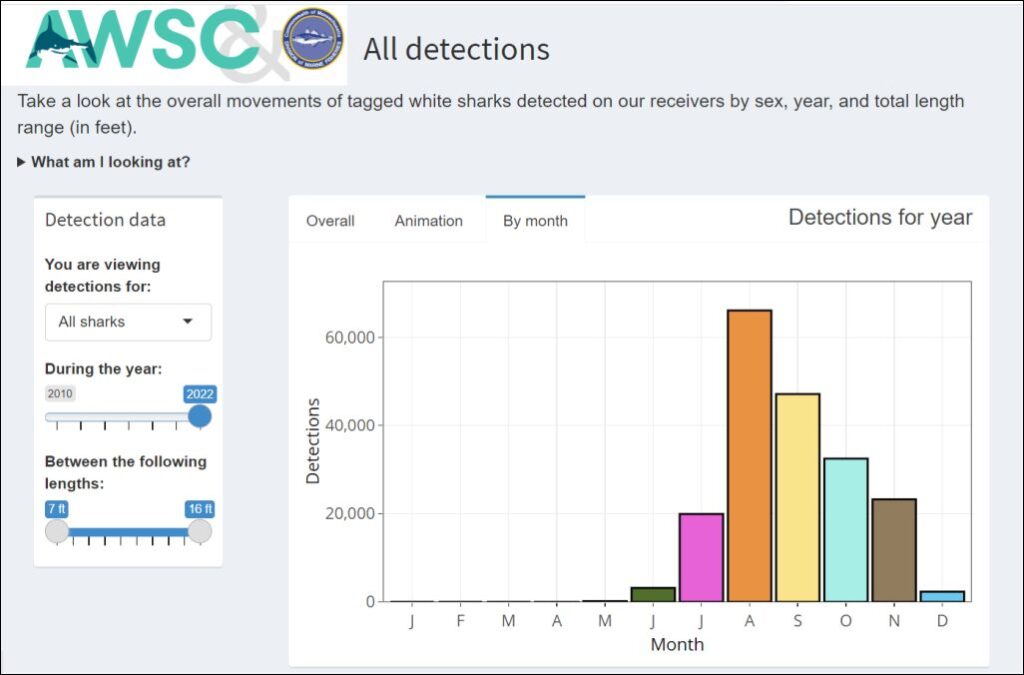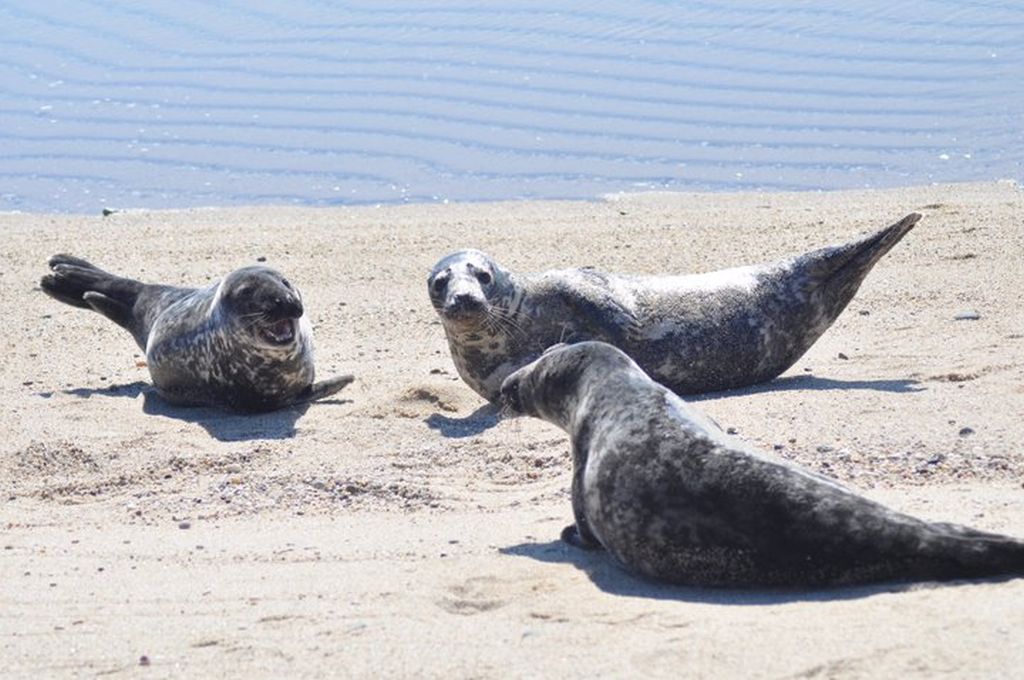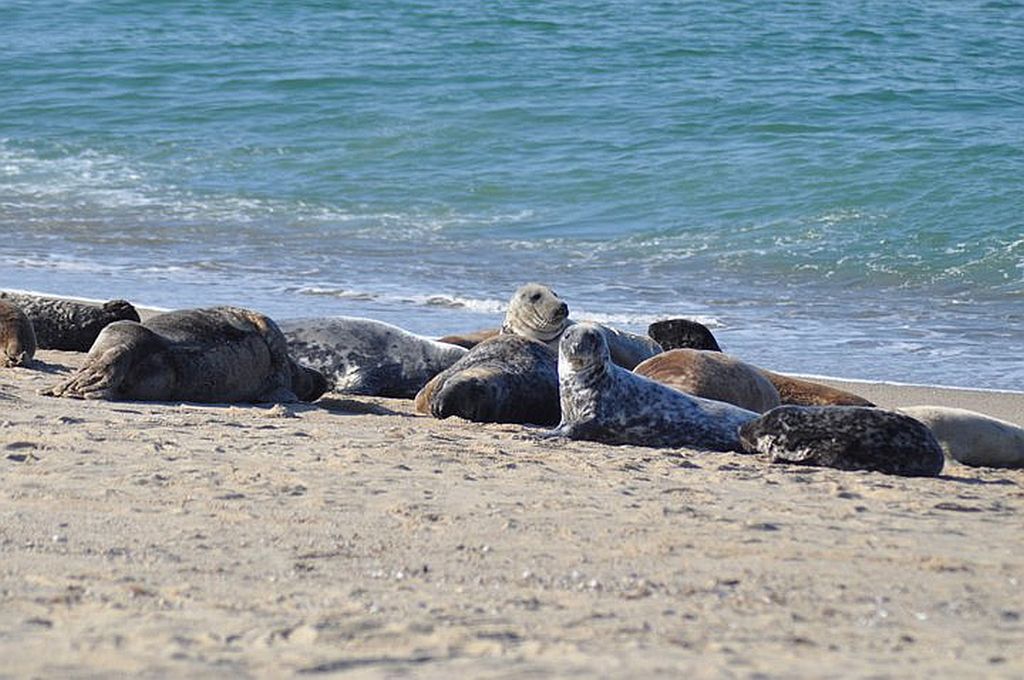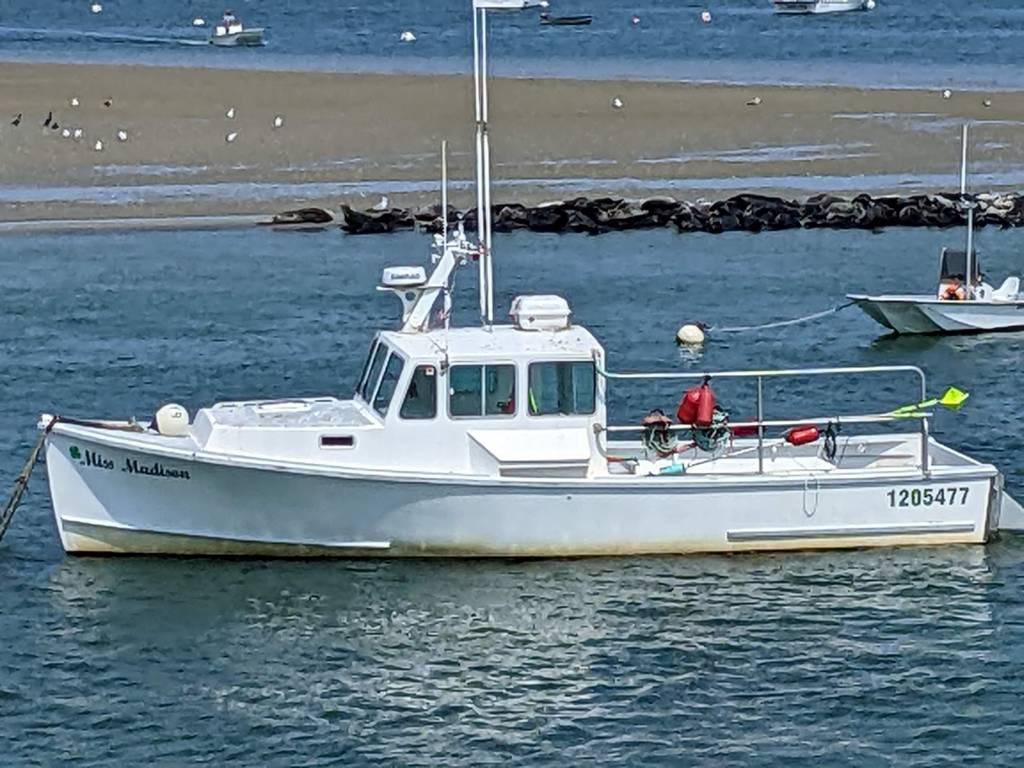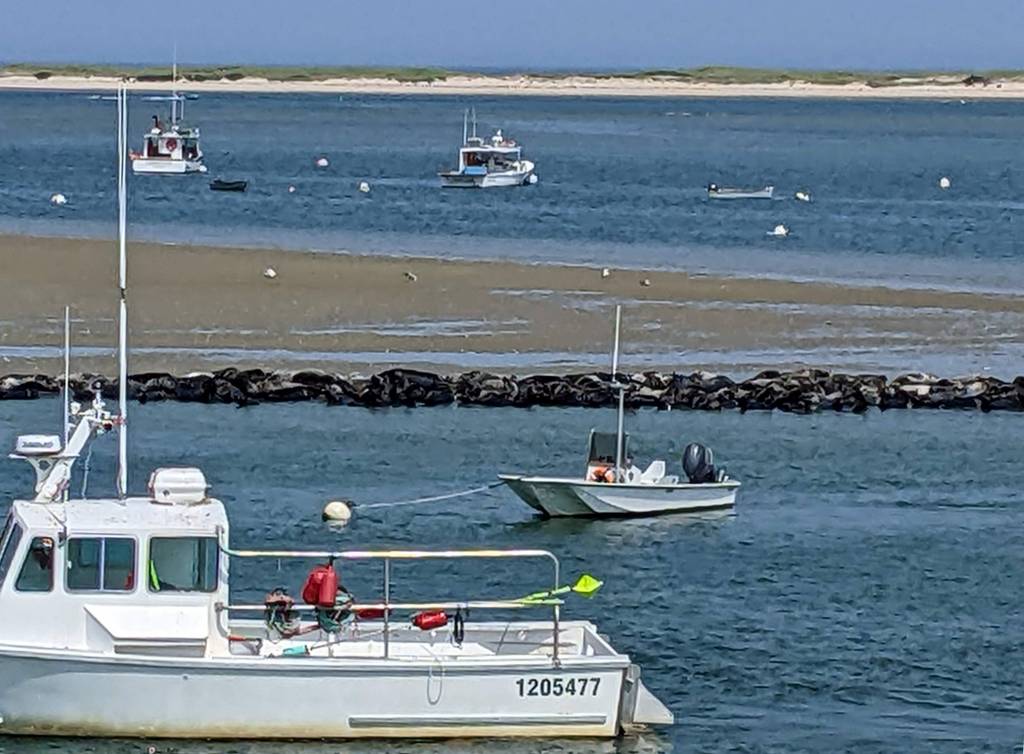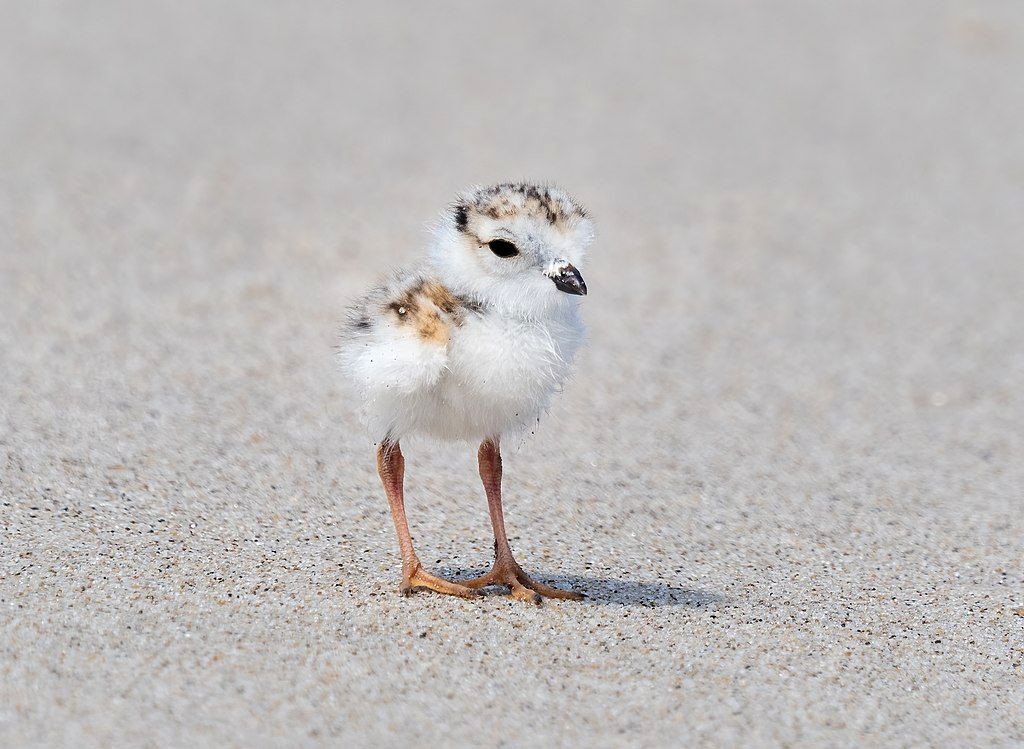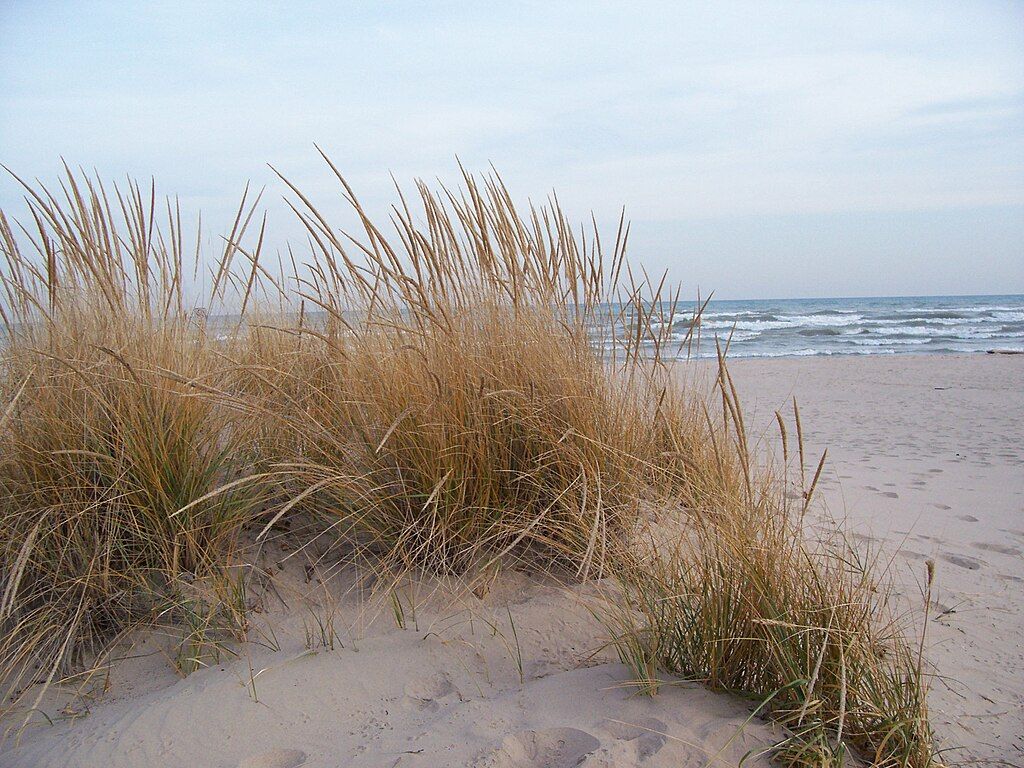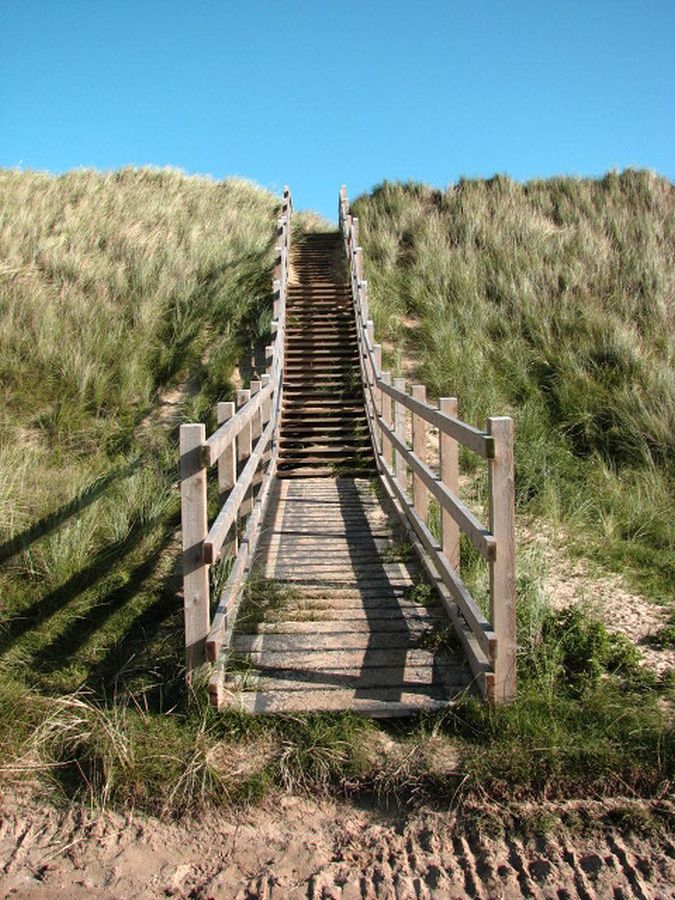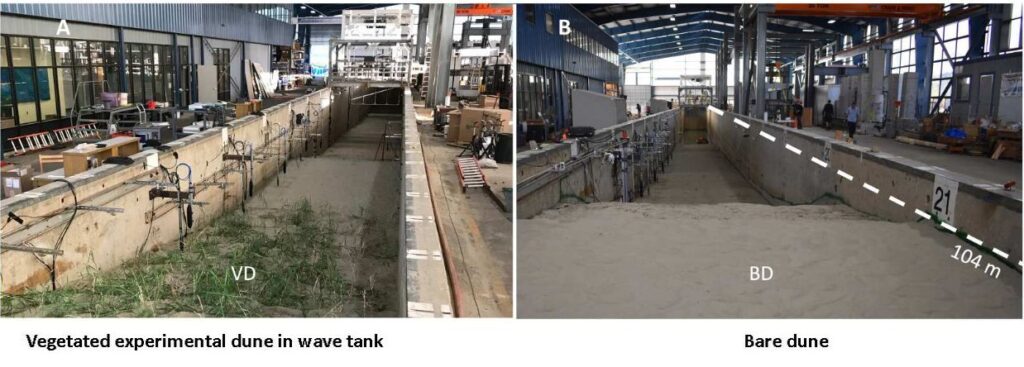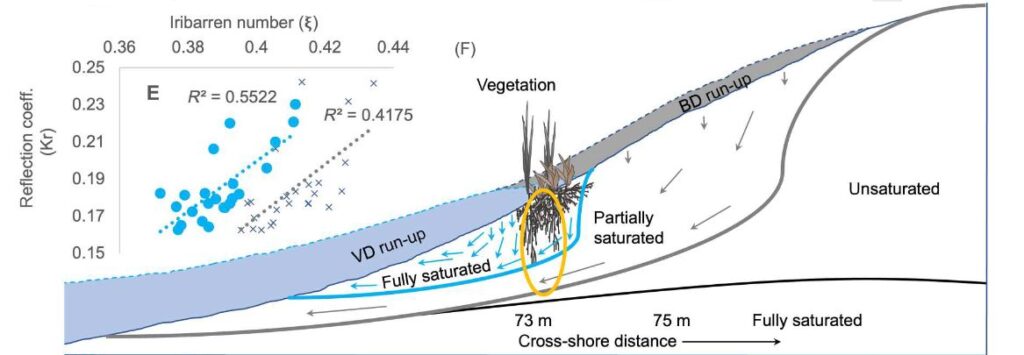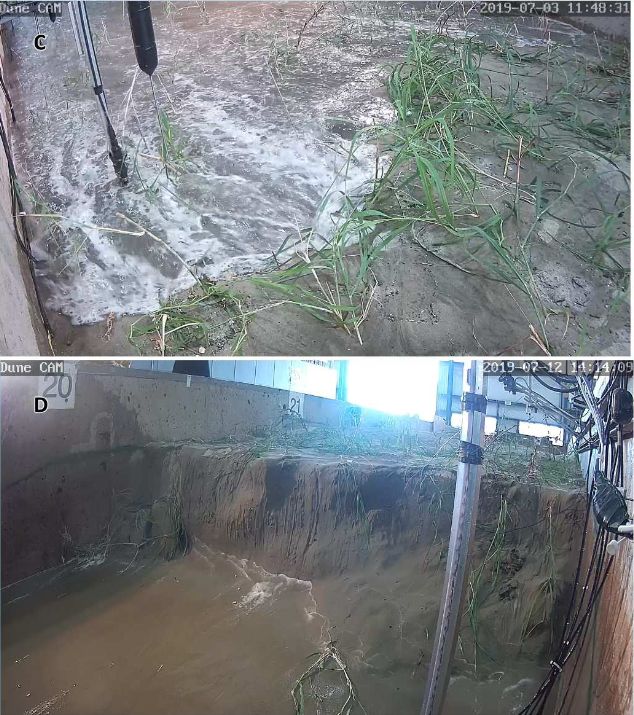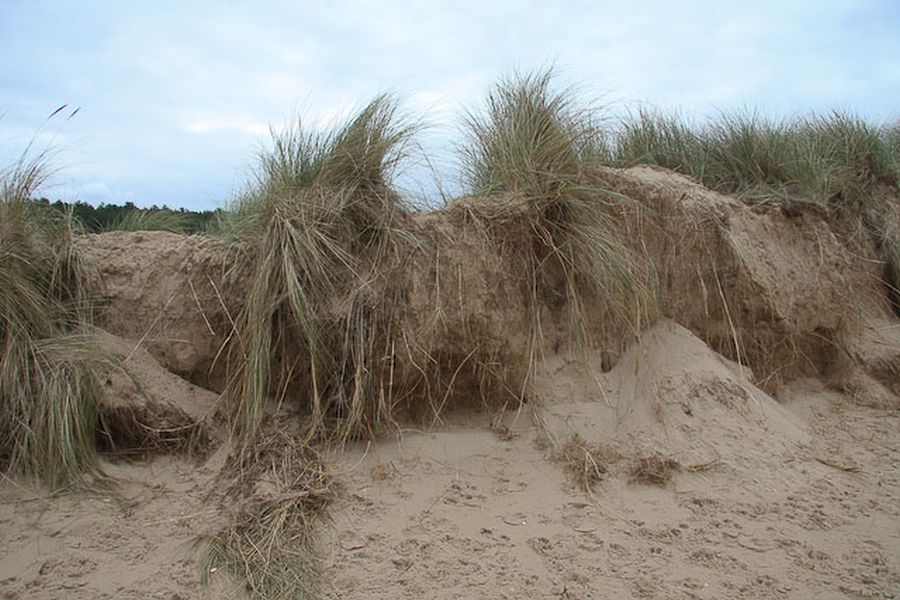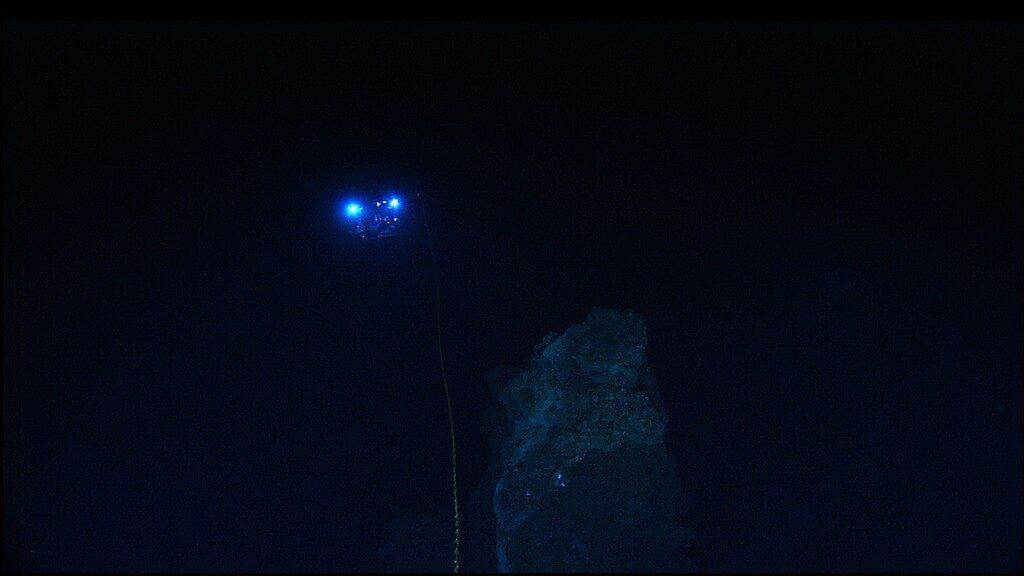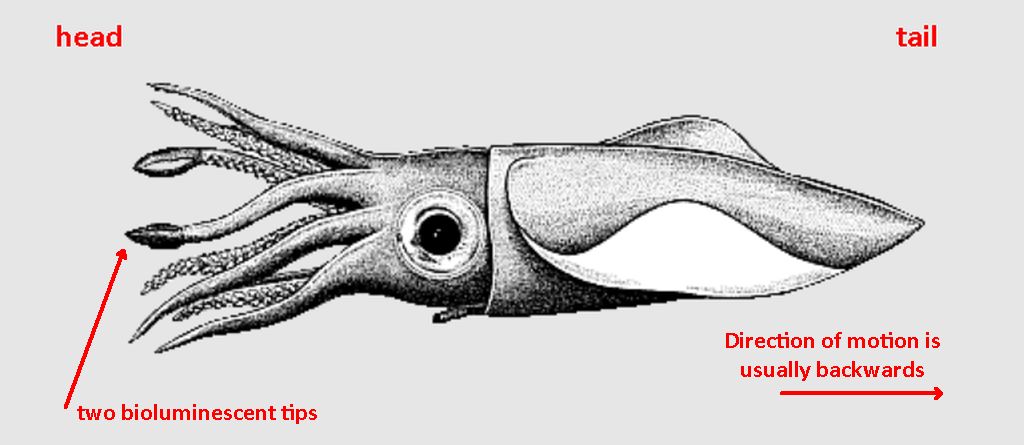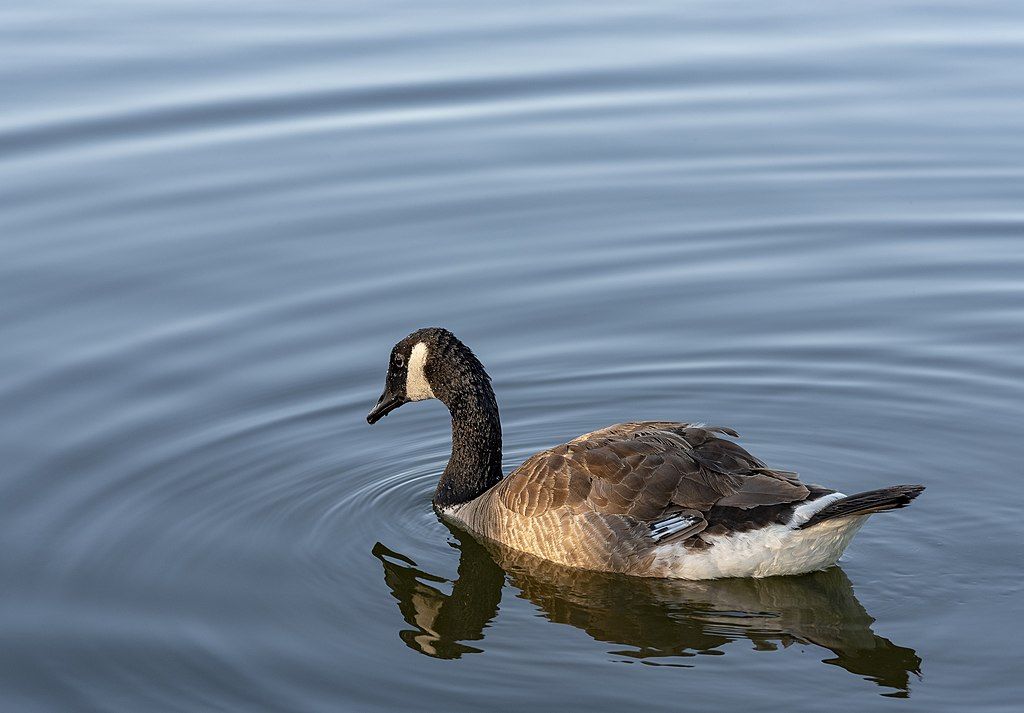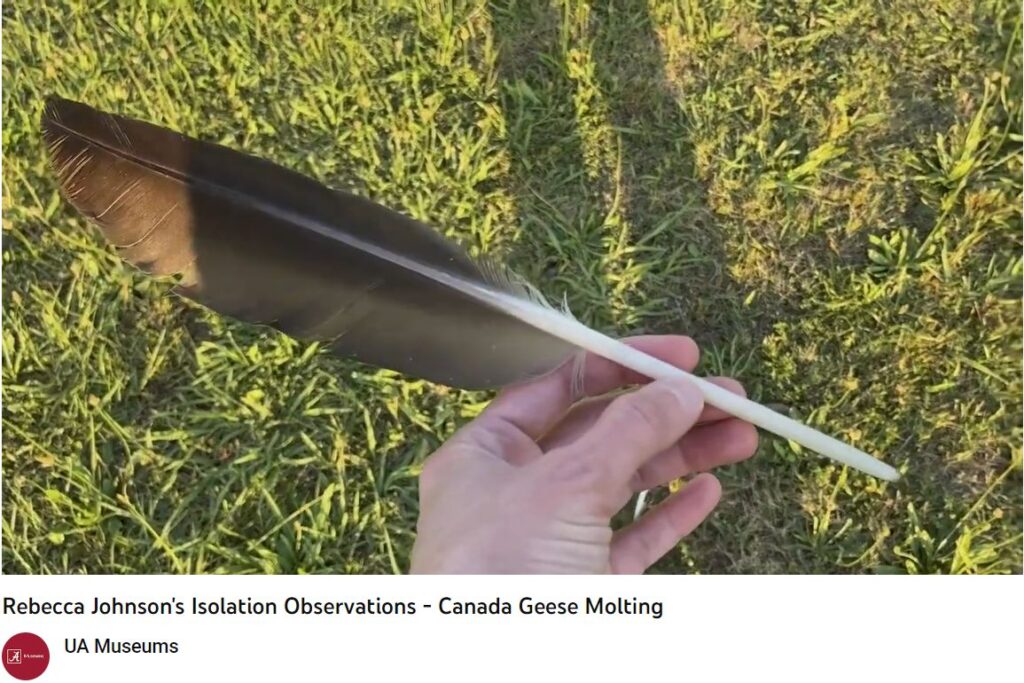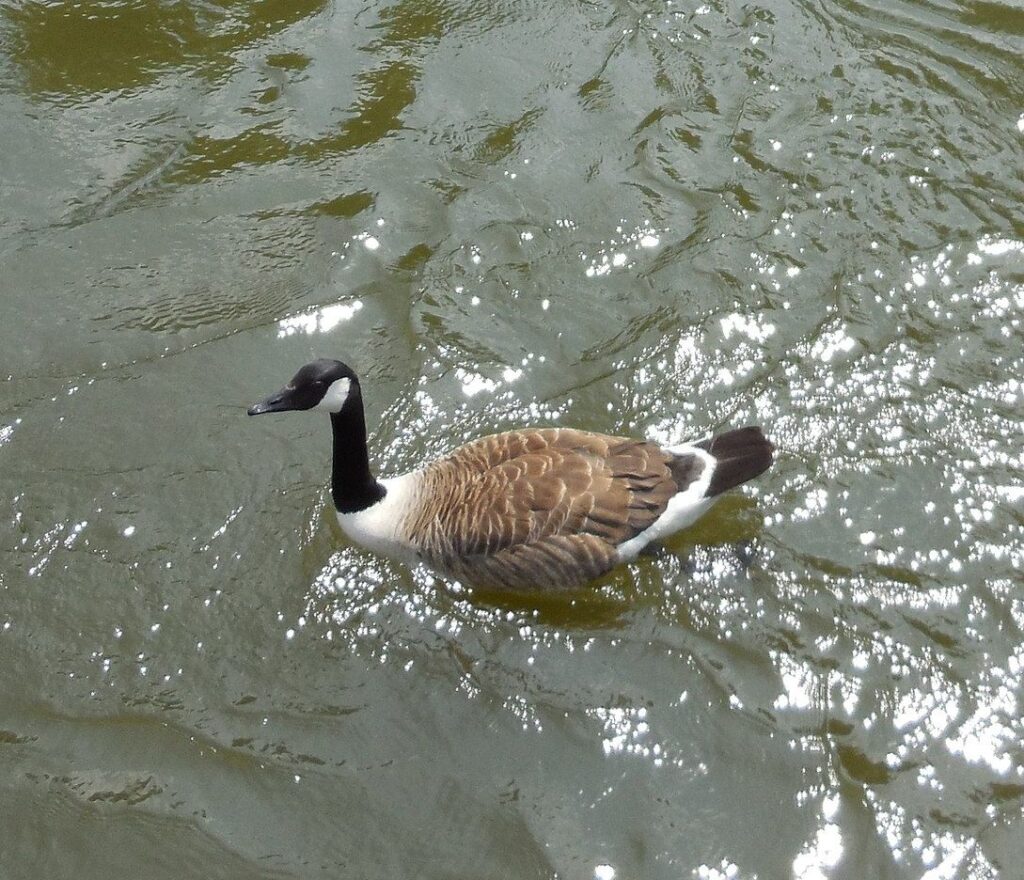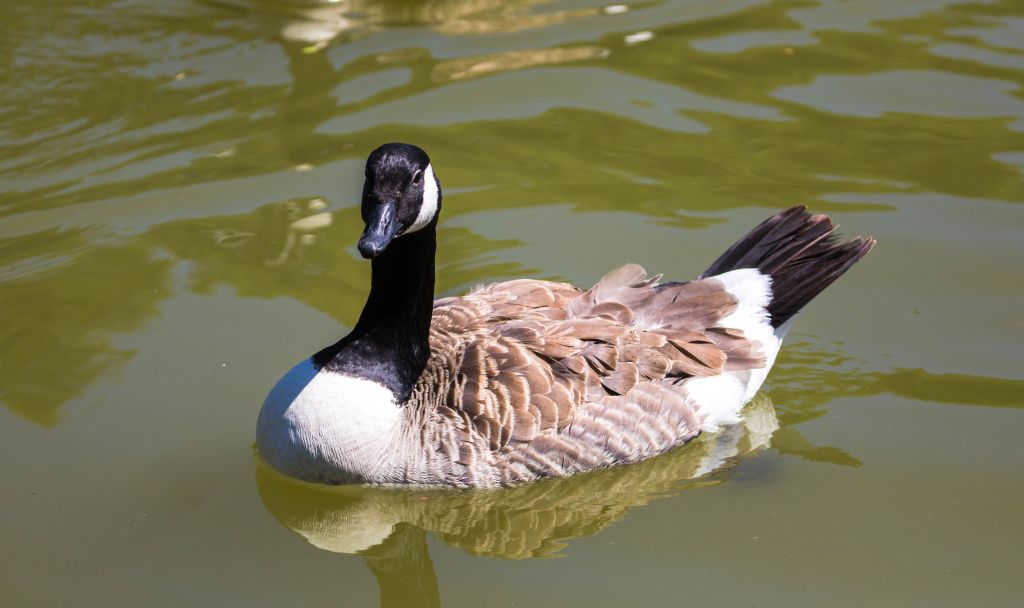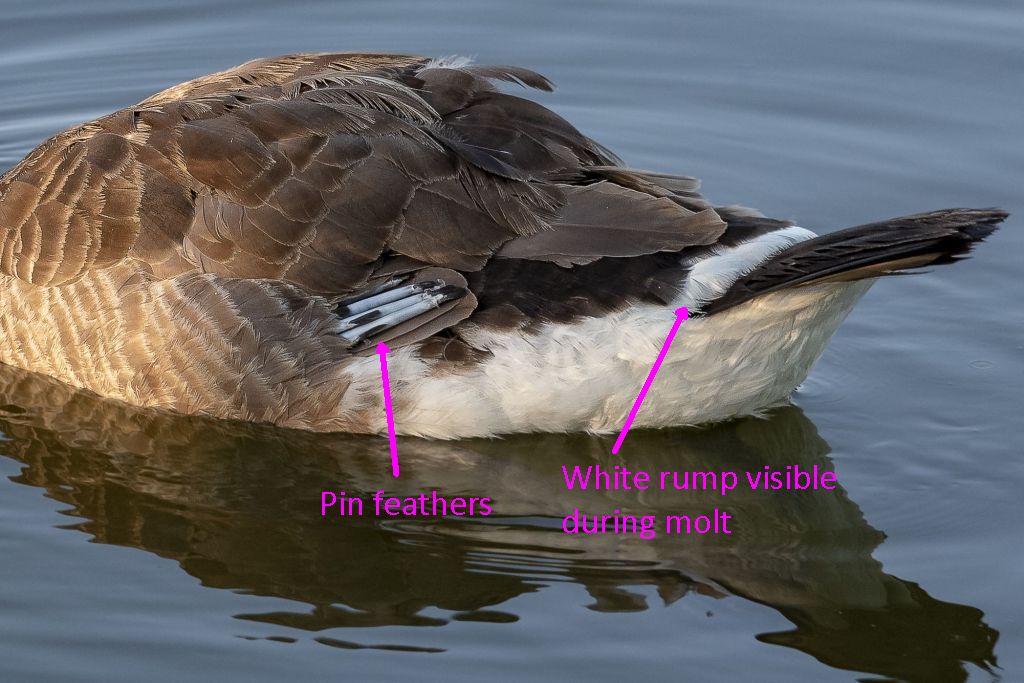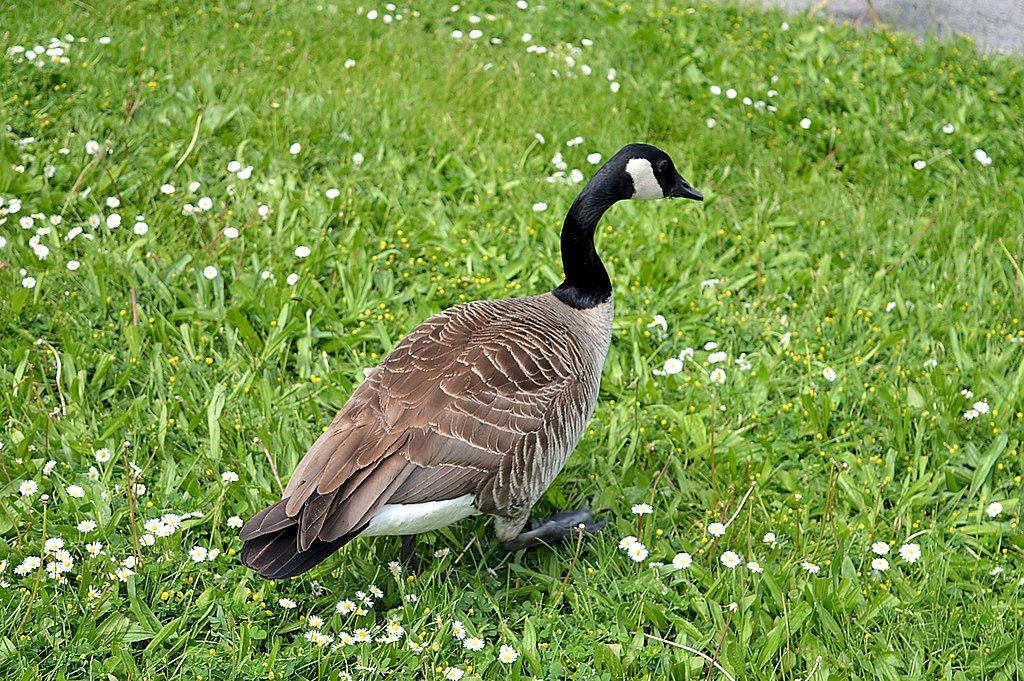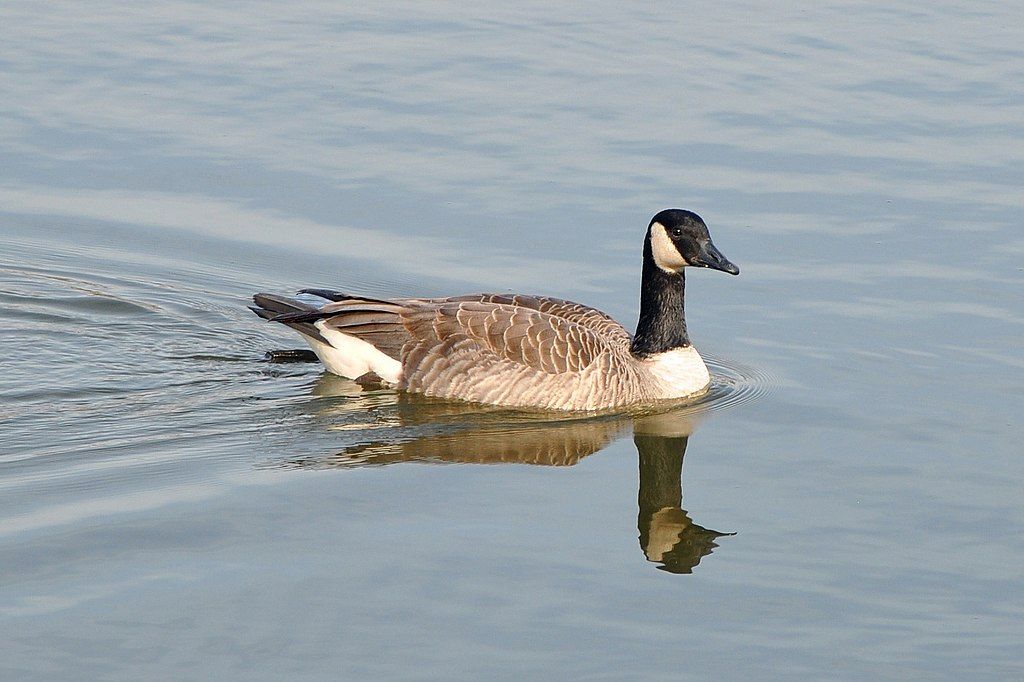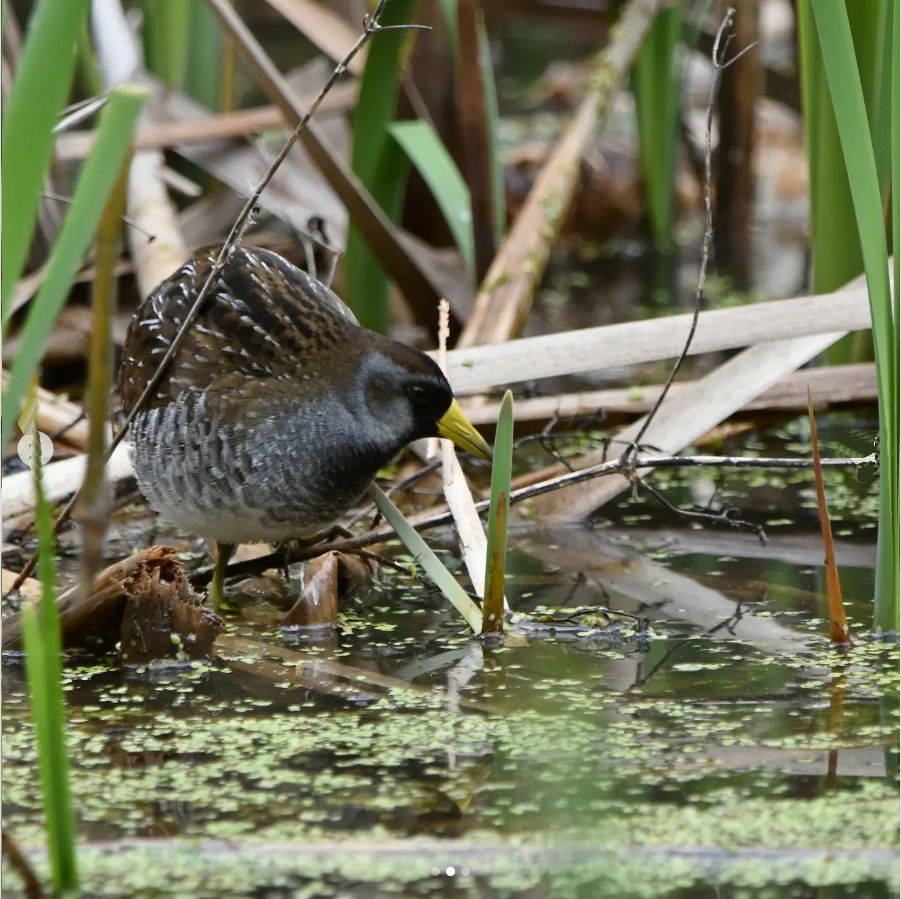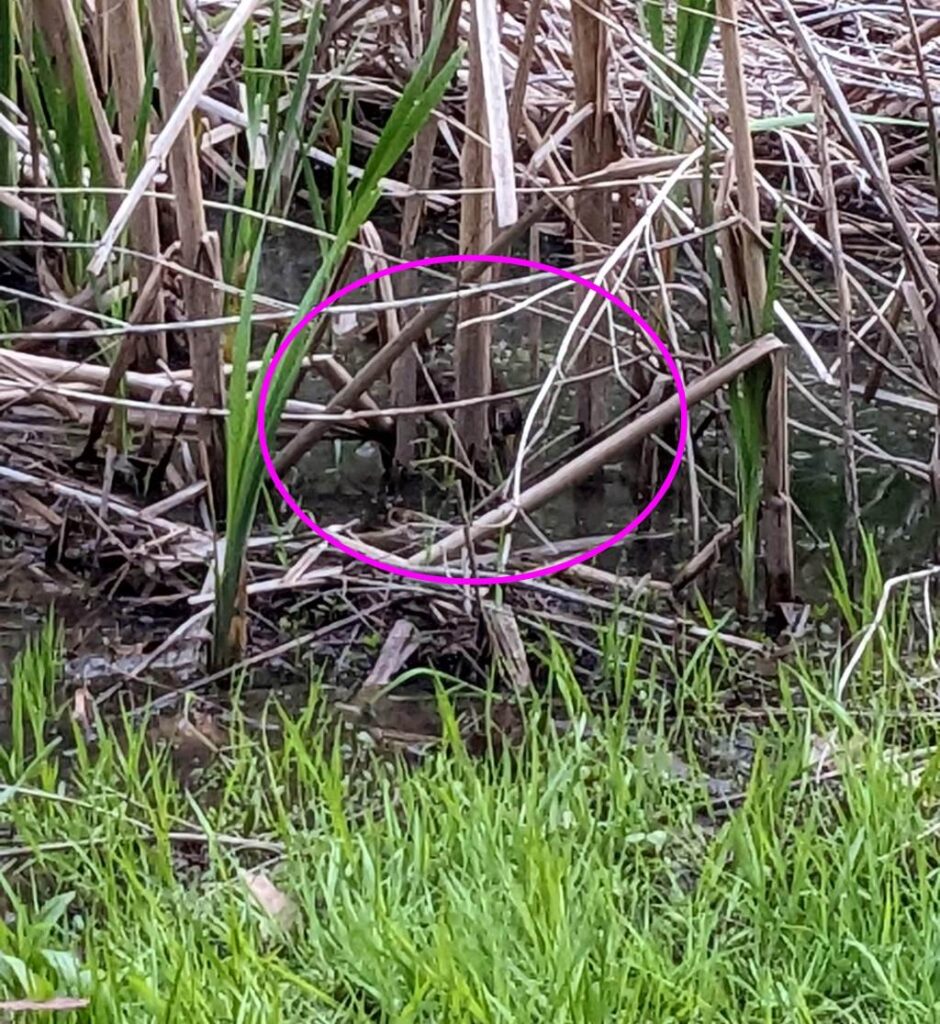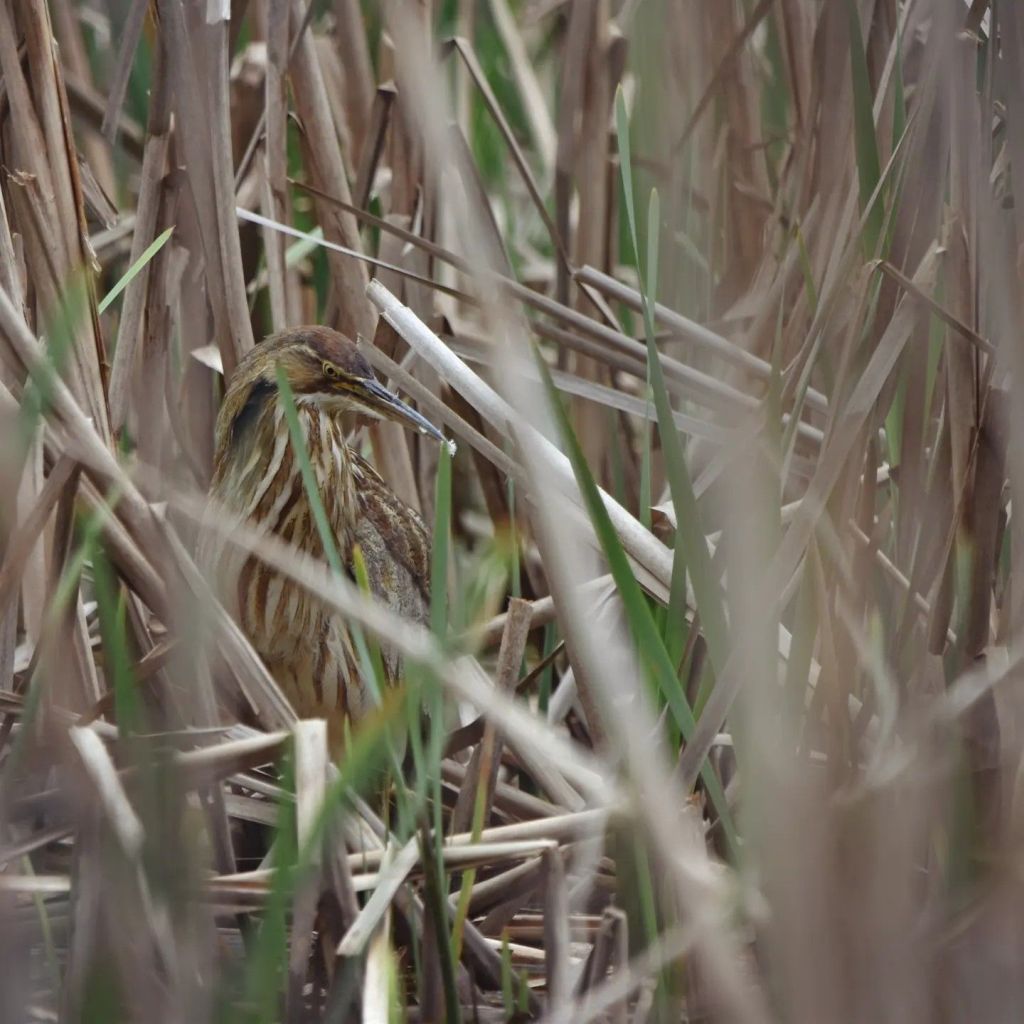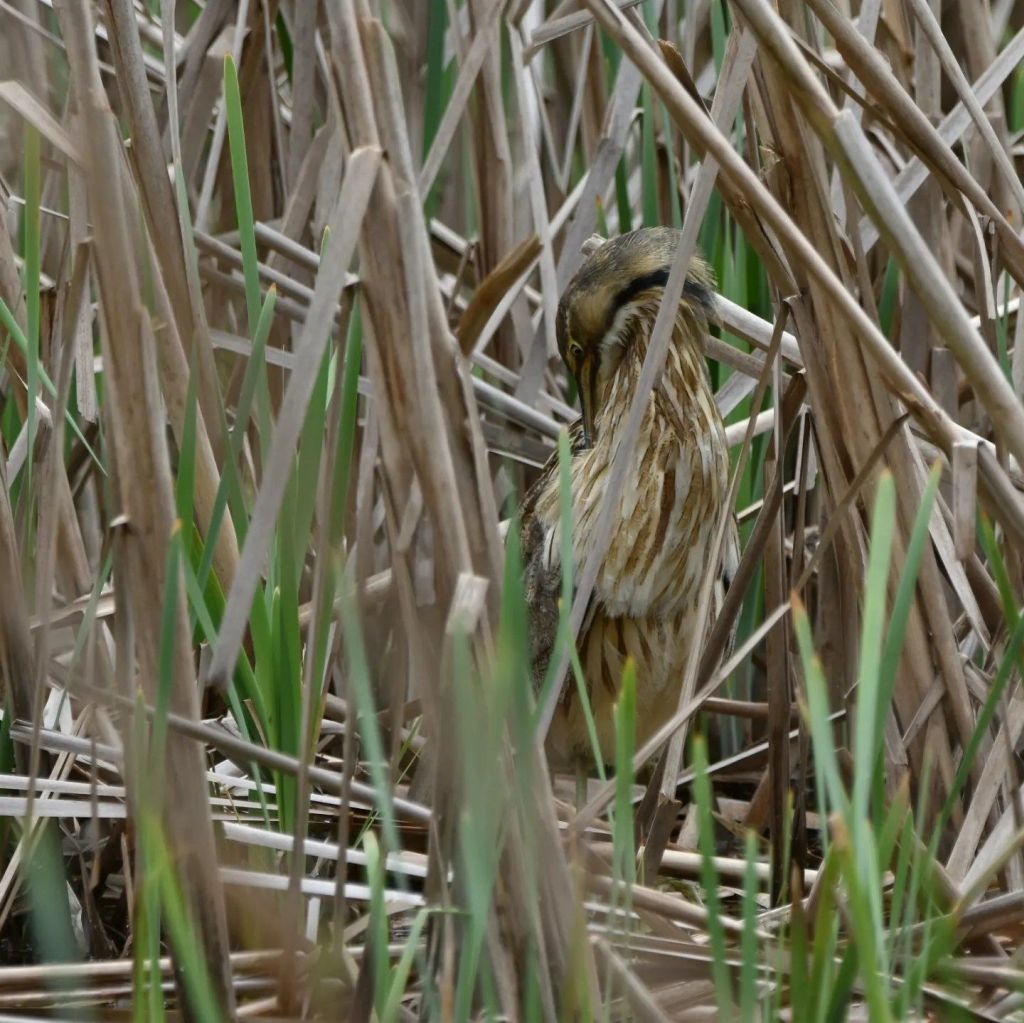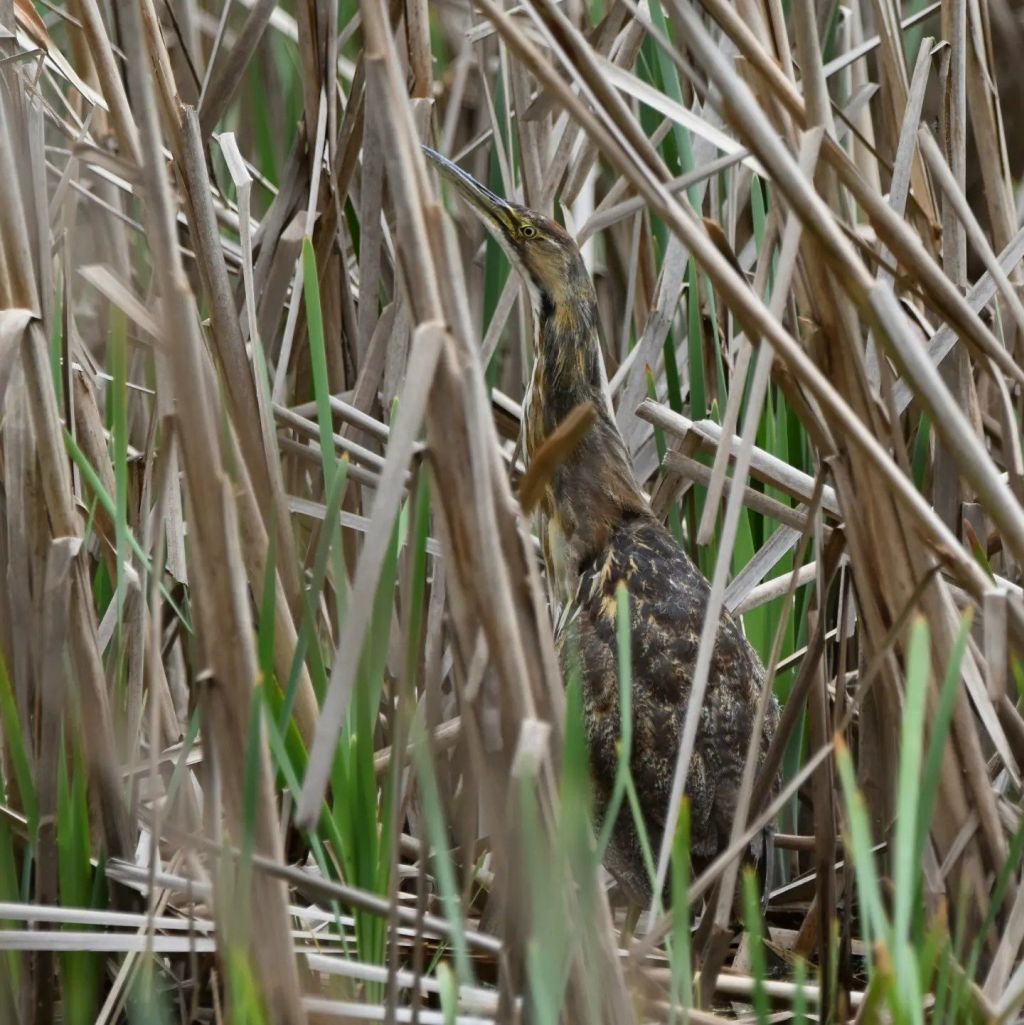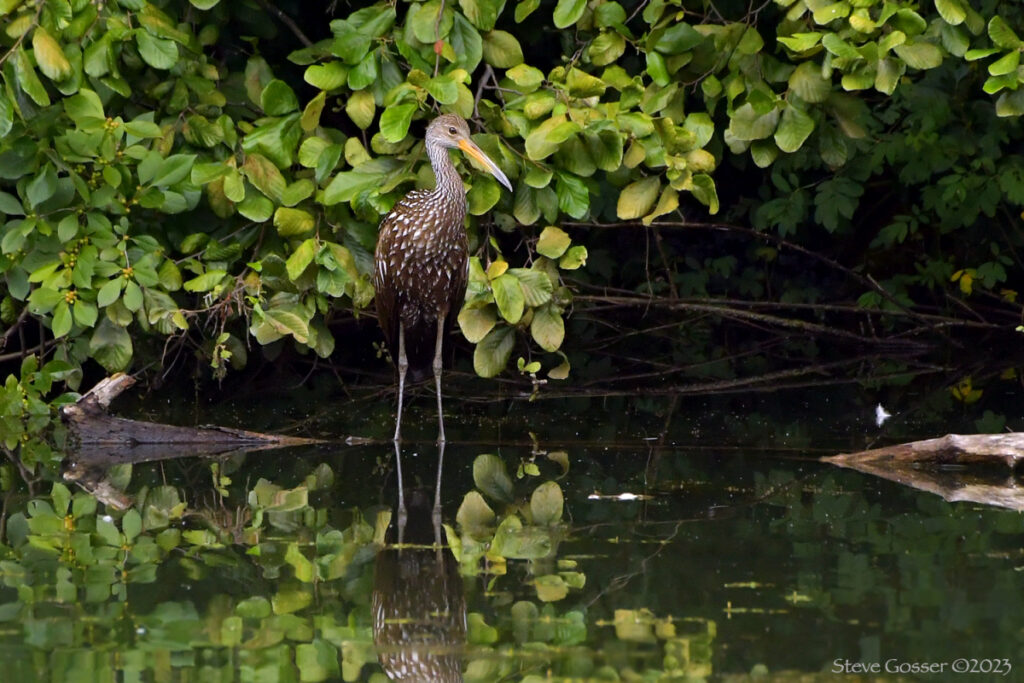
17 August 2023
After a limpkin was discovered yesterday afternoon in a small cove at Moraine State Park (first ever in Butler County!) western PA’s birding world spun on its axis and quickly went to find it. Many saw the bird yesterday including Steve Gosser who shared his photo above.
Limpkins (Aramus guarauna) are very, very rare this far north. Primarily from South America, these mussel and snail-eating wading birds have extended their range only to Florida where they live year round.
So what is a limpkin doing here? And not just “here.” A limpkin showed up at Middle Creek Wildlife Management Area last month and was still there last weekend. Two limpkins were in opposite corners of Ohio.
In fact, limpkins have been doing this crazy Northern Summer Visit thing for a long time but it appears they’ve ramped up since 2016. On 8 July 2023 Tim Healy posted a map of Limpkin Firsts in North America at the ABA Rare Bird Alert on Facebook. (The color descriptors are for the map.)
“Hot Limpkin Summer forever! Keep it going! Who’s next?
Green: home base
Blue: historical first records
Orange: 2016-2022 first records
Red: 2023 first records”
ABA Rare Bird Alert on Facebook: 8 July 2023, Tim Healy
This eBird map shows where they’ve been in 2023 up until 16 August. (I’ve marked the Butler County sighting as a red asterisk.)
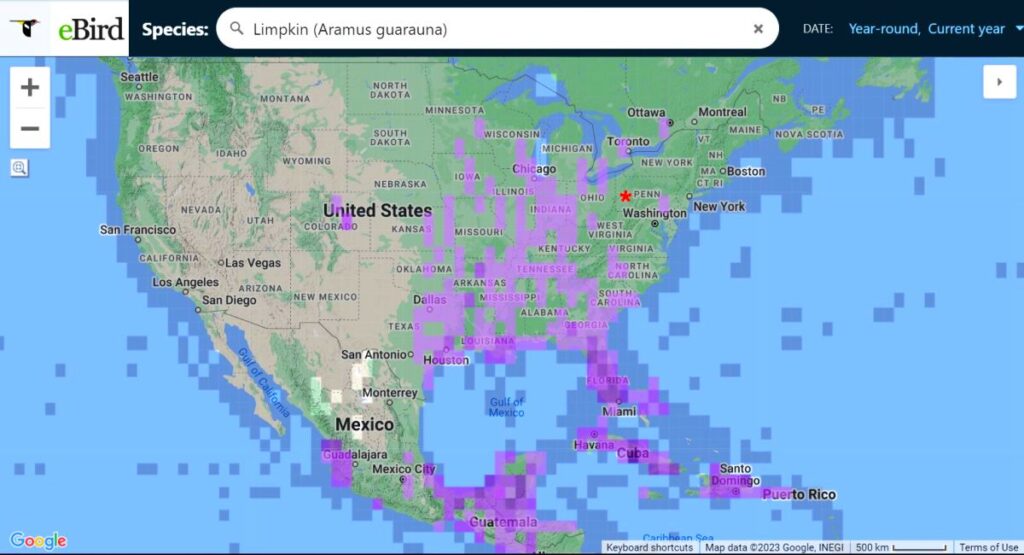
Is this an irruption of limpkins similar to the winter irruption of snowy owls? Maybe…
Young night-herons often do an out-of-range dispersal at the end of the breeding season when first-year birds explore to the north, then head home or die during their adventure. Perhaps limpkins are doing it, too. Perhaps they’ve had so much breeding success that there are extra limpkins to try it. (This family of 5 was photographed in Florida in 2014.)
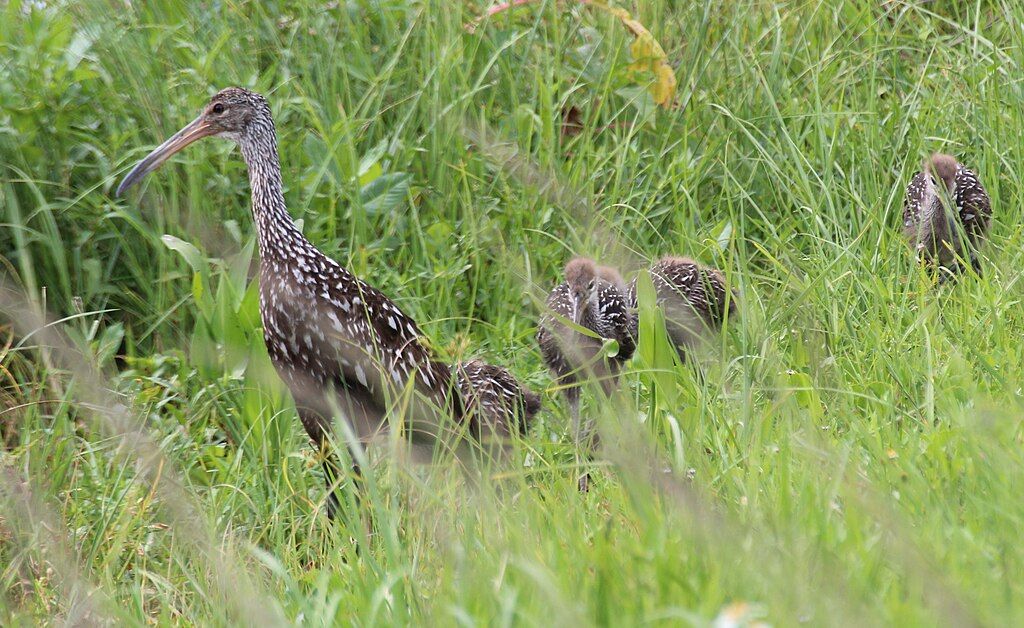
It will take some research to know the answer. The limpkins aren’t saying.
(photos by Steve Gosser and from Wikimedia Commons, maps from Wikimedia and eBird)
